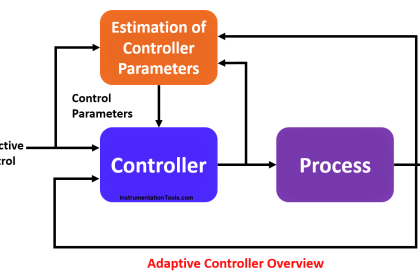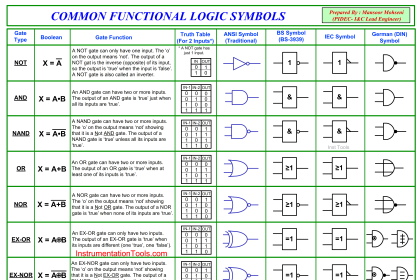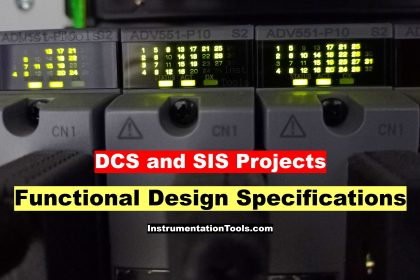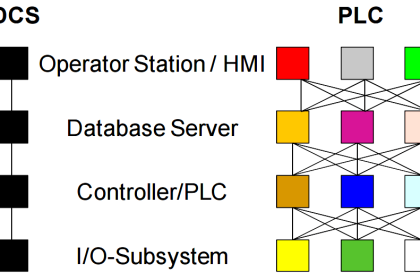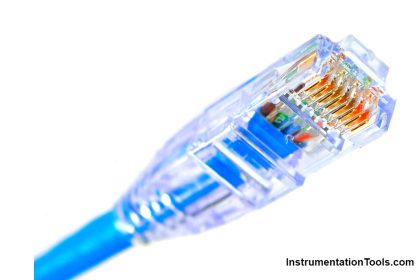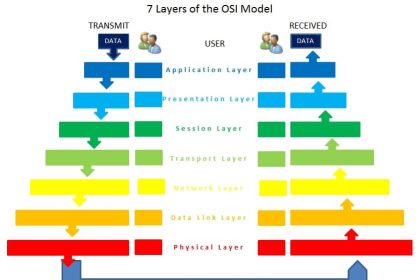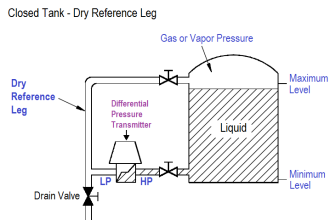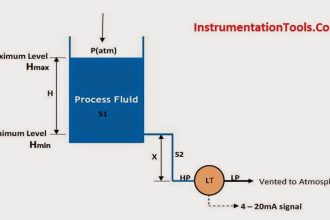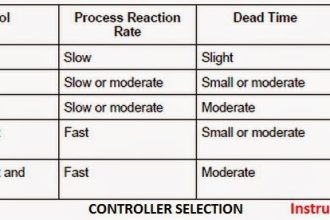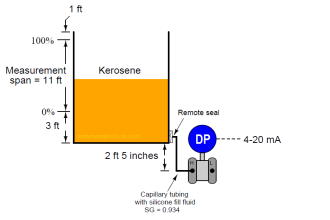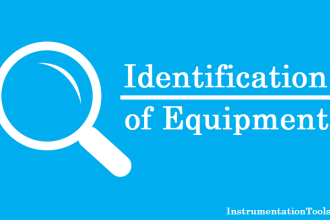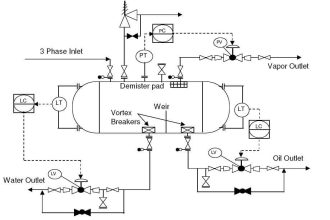A two-element drum level control system is capable of providing close adherence of drum level to its set-point under steady-state conditions as well as being capable of providing the required tight control during a transient. Its performance during transient conditions permits its use on many industrial boiler applications. Such applications are characterized by adequately-sized drums used with load changes of moderate rate and degree. These characteristics are usually found in plants with continuous-type processes, and those with mixed heating and processing demands. Caution should be exercised in its use on systems without reasonably constant feedwater pressure.
The term ‘two-element’ is derived from two variables: steam flow and drum level influence on the feedwater valve position. It is often classified as a combination ‘feed-forward-feedback’ system because the steam flow demand is fed forward as the primary index of the feedwater valve position. The drum level signal becomes the feedback which is used to constantly trim the accuracy of the feed-forward system and provide final control of the water/steam interface in the drum.
The below Figure for the control scheme of a two-element drum level control. Note the left side of the doted line is identical to that used in single-element control. Additional equipment required for two-element drum level control consists of a steam flow measuring device, a differential pressure transmitter, a square root extractor, a feedwater flow computer and a feedwater flow mode transfer station. At first this may appear like a large investment in order to gain stable drum level control, but as you will see this is not necessarily true.
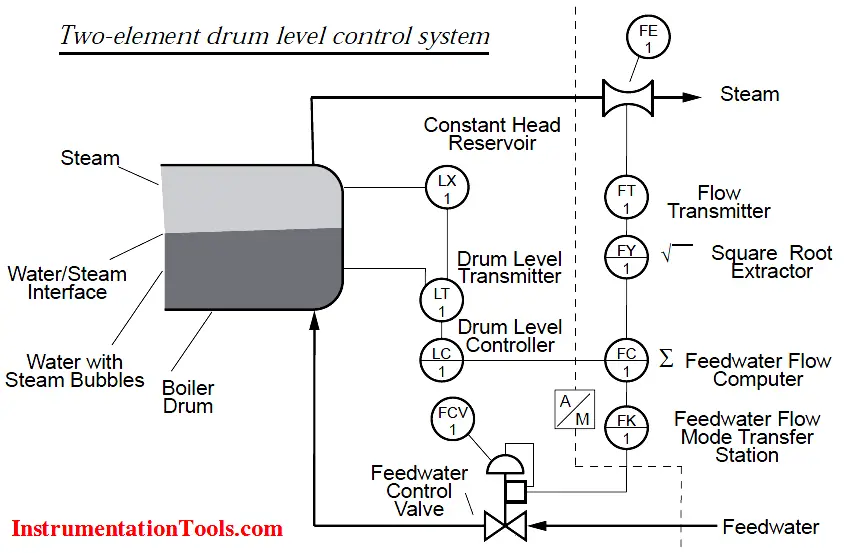
How it works:
Steam flow is measured by the steam flow transmitter (FT-1), its signal is fed to the feedwater flow computer or flow controller (FC-1) after processing through the square root extractor (FY-1) (Note: Square root extractor function is an inbuilt option utilized either in transmitter or controller). As in the single-element level control, the drum level is measured by the level transmitter (LT-1) and its signal is transmitted to the drum level controller (LC-1). In the drum level controller, the process signal is compared to the drum level set-point, where a required corrective output signal to maintain the drum level is produced. This corrective signal is sent to the feedwater flow computer. The feedwater flow computer combines the signal from the two variables, and produces an output signal to the feedwater control valve (FCV-1). Auto/Manual transfer of the feedwater control valve is accomplished via FK-1.
Nearly all of the load change work is done by the feed-forward system, for example, a pound of feedwater change is made for every pound of steam flow change. The drum level control system is used for compensation only.
It is expected that the drum level will be maintained very closely to the set-point value. This is true in spite of the low-to-moderate volume/throughput ratio and a wide operating range. As a result, integral response (reset) is a necessary function in the drum level controller.
Source : ABB

